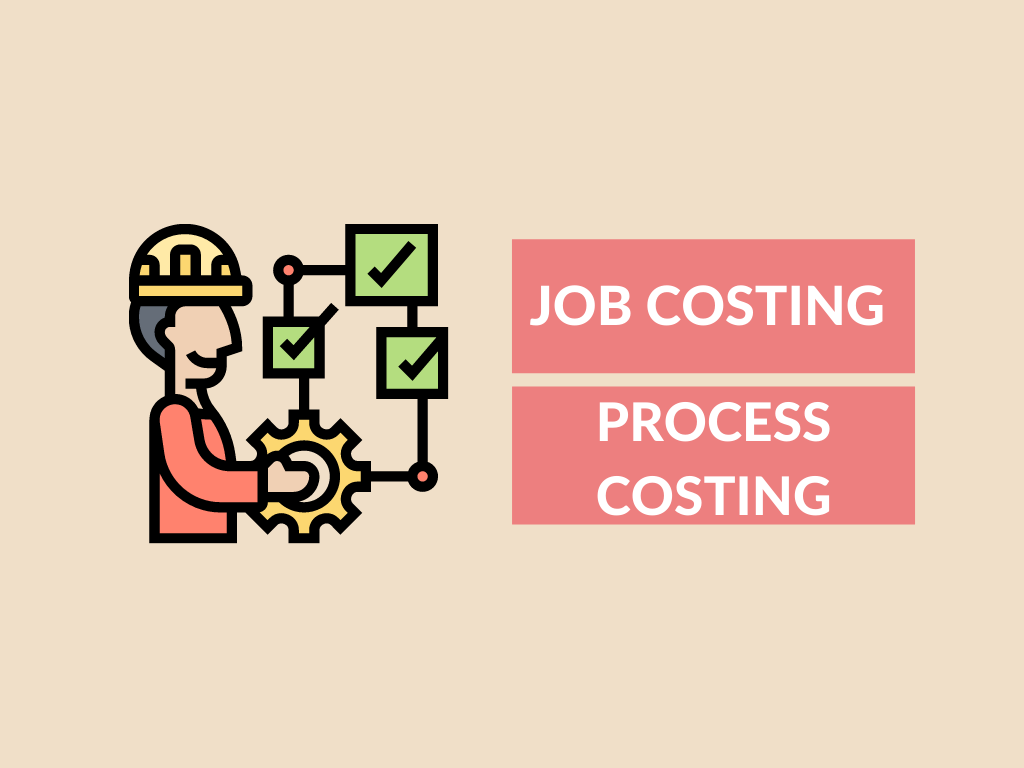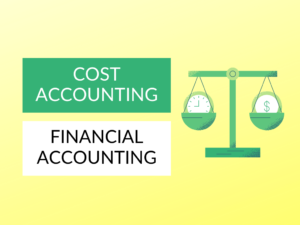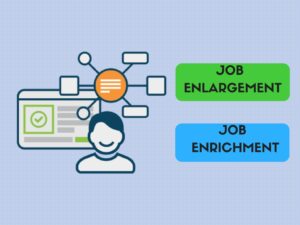In general scenario, cost accountant business persons and many other entrepreneurs use Various methods for measuring the cost of the goods that are employed. When the goods are only produced on special orders, company employment costs are used. On the other hand, the result of a single process will become the input for the next process when the product passes through numerous processes or stages and process costing methods shall be utilized to determine the costs for each step.
In this article, you will know specifically the difference between job costing and process costing.
What is Job costing?
Job costing is a way of collecting and accumulating charges separately for every task, contract, project, or work order. Each work has its own identity, hence it is vital to assess and segregate expenditures by the job. This strategy is employed in industries where every work requires particular handling and production is strictly customer-specific.
What is Process costing?
Process costs are a means of gathered costs by department, or by process and divided by the quantity of production, by the cost per unit, of each department or process. This method is used to determine the costs of the product during each production process, operation or stage. As the costs are processual determined, it is known as the costing of the process.
Difference between Job costing and Process costing
Following are the differences you find between Job costing and Process Costing:
| Job costing | Process costing |
|---|---|
| 1. Production | |
| Production is against specific orders | Continuous or mass production and the homogenous products |
| 2. Costs accumulation | |
| Costs are collected and accumulated for each job separately. | Costs are collected and accumulated process-wise or departmental wise |
| 3. Calculation | |
| Costs are calculated only when a job is completed. | Process costs are calculated at the end of the cost period. |
| 4. Transfer | |
| There are usually no transfers from one job to another unless there is some surplus work. | The product moves from one process to another, so the cost of one process is transferred to another process. |
| 5. Work | |
| There may or may not work in process at the beginning or close of the accounting period. | There is always some work in process as the production is continuous |
| 6. Control overproduction | |
| Proper control is comparatively difficult as each job differs and production is continuous. | Proper control is comparatively easier as there is a standardized and mass production. |
Bottom line:
As a result of the preceding discussion, There is No comparison exists between job costing and process costing because the two methodologies are applied in various branches. However, in the two methods, there are variances. One such difference is that, as a result of the standardization in nature, every task needs a high level of supervision and control.





